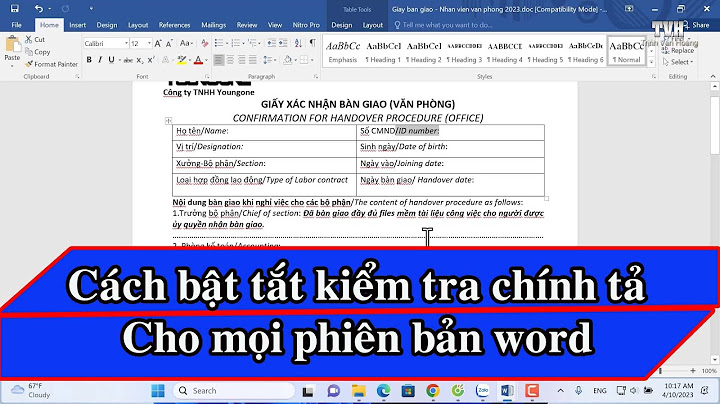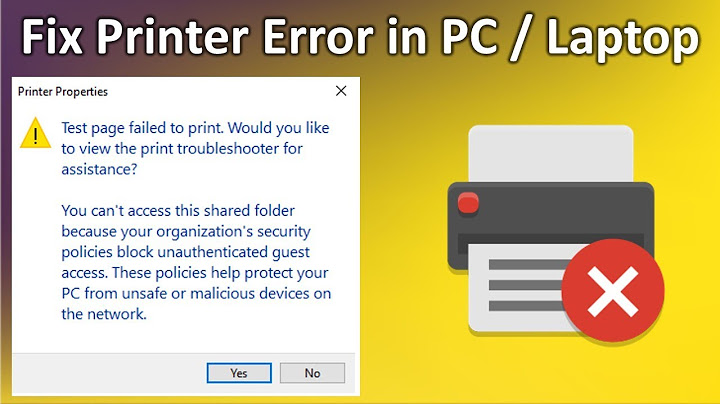- Phần lớn các động từ có các động từ khác đi theo sau có cấu trúc là "động từ + to + động từ nguyên mẫu" như trường hợp các động từ dưới đây:
agree refuse promise threaten offer attemp manage arrange decide plan tend fail appear seem hope afford forget learn (how) dare pretend - Ví dụ
- He agreed to help me.
- She failed to understand him.
- They afforded to buy a house after their marriage.
- Sau các động từ dưới đây ta có thể dùng từ nghi vấn (what/how/where/when...) + to + động từ nguyên mẫu.
remember know forget decide explain ask understand - Ví dụ - Have you decided where to stay?
- I don't know whether to stay or to go?
- The teacher explained how to use the computer.
- want ask expect help
Đối với những động từ trên ta có thể dùng hai cấu trúc như sau - động từ + to + động từ nguyên mẫu
- She wanted to go to home.
- They asked to use the telephone.
- động từ + tân ngữ + to + động từ nguyên mẫu
- She asked Mary to help her.
- We expected mom to buy us a lot of presents.
- They wanted me to stay with them.
- Dùng cấu trúc động từ + tân ngữ + to + động từ nguyên mẫu với những động từ sau
tell order remind warn force invite enable teach (how) persuade get (=persuade) - Ví dụ
- He forced me to go.
- We invited him to go to the party.
- He taught us how to repair the bicycle.
1.2.2. Infinitive without to (Động từ nguyên mẫu không "to") Ta dùng động từ nguyên mẫu không "to" trong các trường hợp sau đây - Động từ đứng sau các động từ tình thái (can, could, may, might, should,...)
- She can sing very beautifully.
- She may be late.
- We should stay at home.
- Make and Let
- Các động từ này có cấu trúc động từ + tân ngữ + động từ nguyên mẫu không "to"
- Ví dụ
- The cold weather made me feel depressed.
- They made me do it.
- Why don't you let him go?
- Động từ nguyên mẫu không "to" cũng được dùng trong câu mệnh lệnh ở dạng khẳng định
- Go to the board!
- Stay at home!
- Smile!
1.3 Exercise Language Focus Unit 1 Lớp 11
a. Exercise 1 Language Focus Unit 1Put the words in the correct order to make sentences, writing the main verb in the present simple and making the other an infinitive with to. (Đặt các từ đúng thứ tự để tạo thành các câu, viết động từ chính ở thì hiện tại đơn và động từ khác dưới hình thức nguyên mẫu có "to".) 1. who something eat want? 2. letters I write some have. 3. delighted hear I be the news. 4. my shopping some mother do have. 5. always much talk have you too about. 6. lovely see it again you be. 7. out cold it go too be. 8. passed exams know happy I be that you have the. Guide to answer1. Who wants something to eat? 2. I have some letters to write. 3. I am delighted to hear the news. 4. My mother has some shopping to do. 5. You always have too much to talk about. 6. It's lovely to see you again. 7. It's too cold to go out. 8. I'm happy to know that you have passed the exams. b. Exercise 2 Language Focus Unit 1Rewrite the sentences, using the words given in brackets. (Viết lại câu, sử dụng các từ cho sẵn trong ngoặc.) Nội dung Text: Giáo án Tiếng Anh lớp 11: UNIT 1: FRIENDSHIP-LANGUAGE FOCUS - UNIT 1: Period:6 E - Language focus Class Teaching date Absentees 11A I. Objectives: By the end of the lesson , ss will be able to: + know how to pronounce the two sounds:/ / and / / + review how to use infinitive with “TO” and infinitive withuot “TO” Language focus *pronunciation: / / and / / *grammar: Infinitive with “TO” and infinitive without “TO” *grammar: the simple present II. Method and Tecniques - Communicative approach and task-based teaching , - Pronuncation, gap-filling , ordering words, transformation III. teaching aids:
- -text book, handout, poster IV. Procedures: T’ACTIVITIES STS’ACTIVITIES A. Pronunciation: (10 minutes) - Ask students to look at their books then - Open the books introduce to them - Look at; Listen and Repeat - Repeat the words in chorus then *Listen and repeat : - T plays the tape or read loudly then ask individual students to repeat - Introduces : / dʒ / - / t∫/ - Look at Practise the sentences - Correct pronunciation for the students - Listen to the teacher then repeat in * Practise these sentences chorus then individual - Reads the sentences loudly - Asks students to repeat Grammar and Vocabulary(30 B. minutes) 1. To infinitive Take note - T writes some sentences on the board *Notes and underline the to+ infinitive - The infinitive can be placed after
- + I have letters to write to my friends nouns/pronouns to show how they can + I have some homework to do be used or what is to be done with + Does he get anything to eat? them + Have you got anything to say? + I have letters to write = I have letters - T asks Ss to comment on the use of to + that I must write…… infinitives in these examples. T reviews + I have some homework to do= I the form and use of to –infinities in the have some homework that I must do example + Does he get anything to eat?= Does he get anything that he can eat? N/pro+to -infinitives Ex: I need someone to take care of my children to -infinitives + prepsitions ex: I need someone to talk to my mother Can I borrow your case to keep my records in? Adj + to -infinitive Too/ enough + to –infinitive Individual work
- 1. Who wants somethings to eat Practice 2. I have some letters to write Exercise 1 Ask Ss to do exercise1 individually and 3. I am delighted to hear the news then compare their answers with another 4. My mother has some shopping to student do - T calls on some Ss to read aloud their 5. You always have too much to talk answers about - T gives the correct answers 6. It’s lovely to see you again 7. It’s too cold to go out 8. I’m happy to know that you have passed the exams 2. Infinitive without to(10m) — T calls some Ss to give out some verbs *Infinitive without “TO” + After modal verbs that are followed by bare infinitives, - The children can sing a song — T may make clear that: + We can use a noun or pronoun object + - He will help you with the work + After: HAD BETTER,WOULD bare infinitive RATHER after verbs of perceptions such as feel, -You had better take your father’s hear, watch, see, notice, observe, smell... advice The bare infinitive generally refers to the -They decided to join volunteer work
- complete action. rather than go on hoiliday + We use the bare infinitive after let and * After verbs of preposition: hear, see, make: let sb do sth = allow sb to do sth, watch, notice.feel They saw someone go into the garden make sb do sth = force sb to do sth I see her cook dinner (completed Ask Ss to give some examples action) Listens and asks the other to comment Notice:I see her cooking dinner(I see she’s cooking dinner) * After make ,let ,have and bid eg: She let her children play game all the time Practice -after :except, but, than Exercise 2 He did nothing but watch -T asks Ss to do exercise 2 in pairs. Ss Pair work and then individual work have to rewrite the sentences by using the 1. The police watched them get out of words given the car -T asks them to compare answers with 2. They let him write a letter to his another pairs wife -T calls on some Ss to go to the board to 3. I heard them talk in the next room write their answers 4. The customs officer made him open - T asks other Ss to feedback and gives
- correct answers the briefcase 5. The boy saw the cat jump though the window 6. Do you think the company will make him pay some extra money? Assigns homework 7. I felt the animal move towards me 8. Do you think her parents will let her Build the sentences ,using the cues given go on a picnic? below: 3. Homework(4minutes) 1.I/have?some letters?write Learn by heart all the knowledge 2.It/lovely/see/you again they’ve learnt and practice them again 3.English/important language/master at home 5.They/make/I/do/it - Prepare the next lesson: Unit 2(lesson 1: reading)
| 




















